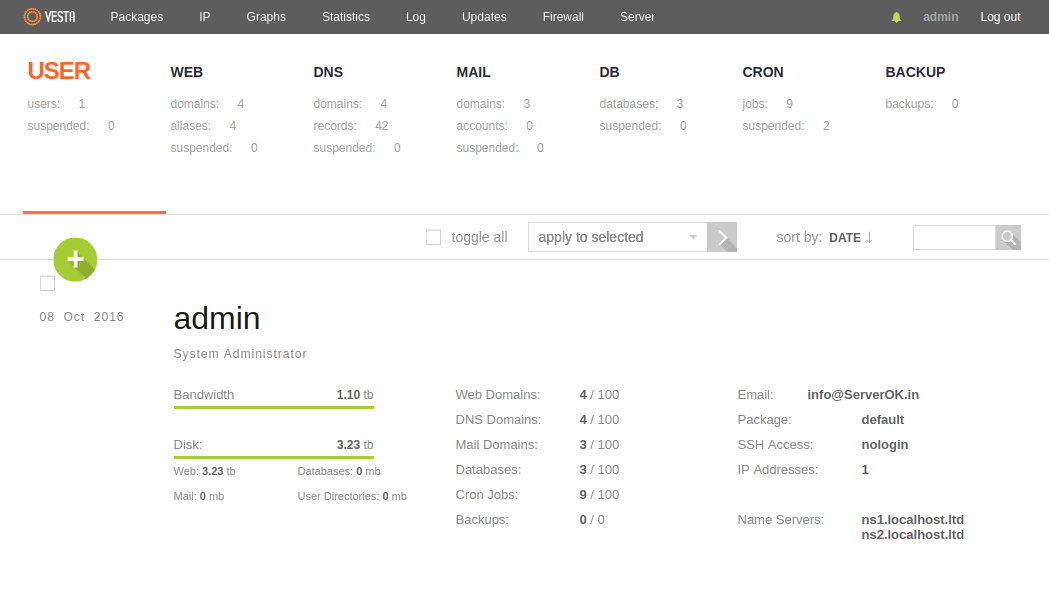VestaCP SSL for mail server
VestaCP install self signed SSL for mail server by default. To install valid SSL, login to VestCP, go to sites. You will see a site with your sites hostname. If you don’t see it, create a site with your server hostname. Make sure DNS edited so hostname resolve to server IP. Now you should be … Read more

